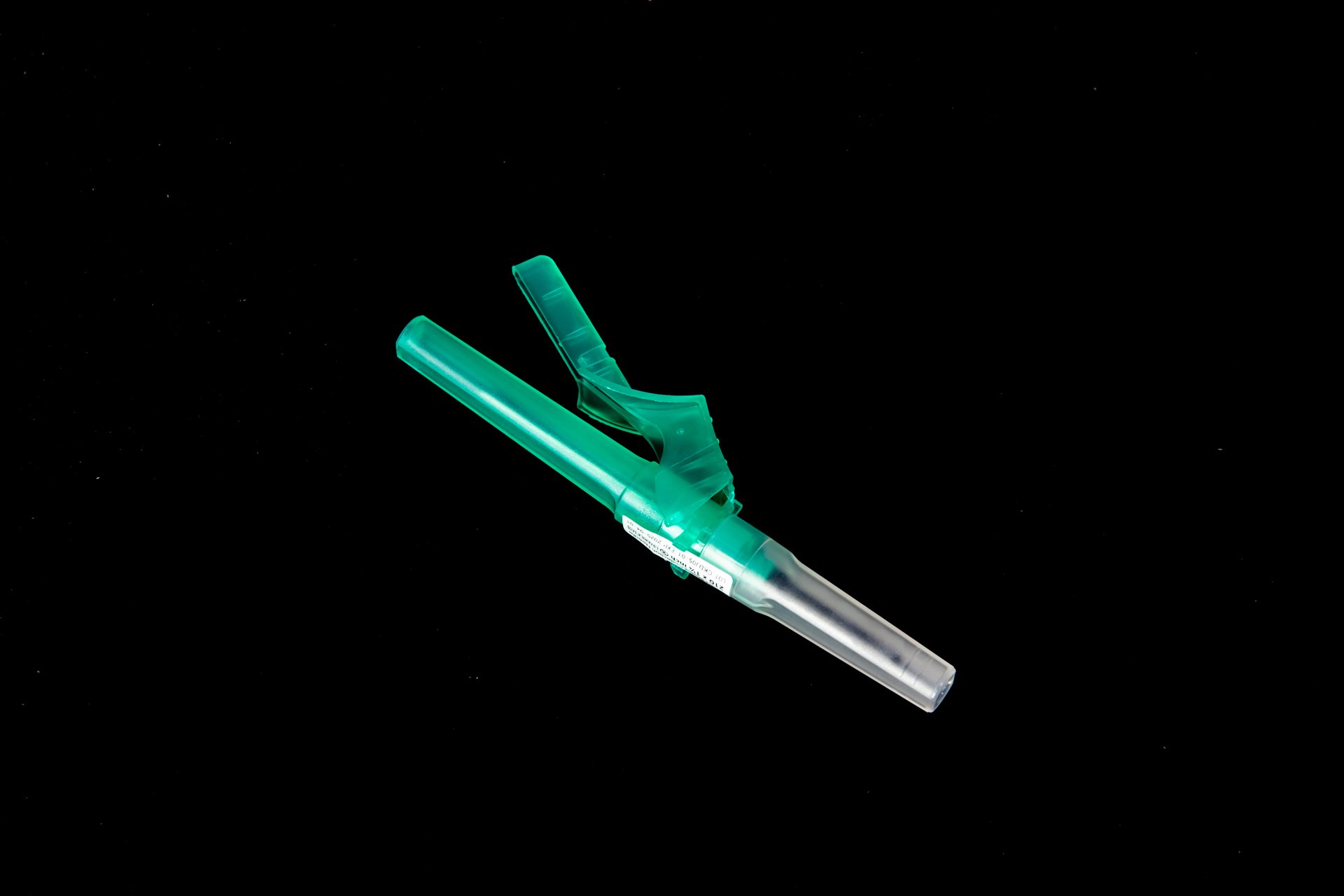Blood Needle Sterilization Standards
Blood needle sterilization is a crucial step in medical and healthcare settings to prevent the spread of infections and diseases. Proper sterilization techniques are essential to ensure the safety of both healthcare workers and patients. In this article, we will discuss the importance of blood needle sterilization standards and best practices to follow.
Why is Blood Needle Sterilization Important?
Proper sterilization of blood needles is important for several reasons:
Prevent the spread of infections: Blood needles can carry harmful pathogens that can be transmitted from person to person if proper sterilization is not done.
Protect healthcare workers: Healthcare workers who handle blood needles are at risk of needlestick injuries, which can lead to infections or diseases if the needle is contaminated.
Ensure patient safety: Patients who receive injections or blood draws are at risk of infections if the needle is not properly sterilized.
Best Practices for Blood Needle Sterilization
Follow these best practices to ensure proper sterilization of blood needles:
Use of Autoclave
An autoclave is a device that uses steam under pressure to sterilize equipment. It is the most effective method for sterilizing blood needles and other medical instruments. Make sure to follow the manufacturer's instructions for proper use of the autoclave.
Proper Handling
Handle blood needles with care to prevent contamination. Always use gloves when handling blood needles and properly dispose of used needles in designated sharps containers.
Disinfection
Before sterilizing blood needles, they should be thoroughly cleaned and disinfected with an appropriate solution. Follow the recommended disinfection procedures to ensure proper sterilization.
Regular Maintenance
Regularly inspect and maintain the autoclave to ensure it is functioning properly. Perform routine checks to verify that the autoclave is reaching the correct temperature and pressure for sterilization.
Importance of Compliance with Sterilization Standards
Compliance with blood needle sterilization standards is essential to prevent the spread of infections and ensure patient and healthcare worker safety. Failure to comply with sterilization standards can result in:
Increased risk of infections
Needlestick injuries
Legal consequences
Therefore, it is important for healthcare facilities to establish and enforce strict sterilization protocols to prevent any lapses in sterilization practices.
Disclaimer: The content provided on this blog is for informational purposes only, reflecting the personal opinions and insights of the author(s) on phlebotomy practices and healthcare. The information provided should not be used for diagnosing or treating a health problem or disease, and those seeking personal medical advice should consult with a licensed physician. Always seek the advice of your doctor or other qualified health provider regarding a medical condition. Never disregard professional medical advice or delay in seeking it because of something you have read on this website. If you think you may have a medical emergency, call 911 or go to the nearest emergency room immediately. No physician-patient relationship is created by this web site or its use. No contributors to this web site make any representations, express or implied, with respect to the information provided herein or to its use. While we strive to share accurate and up-to-date information, we cannot guarantee the completeness, reliability, or accuracy of the content. The blog may also include links to external websites and resources for the convenience of our readers. Please note that linking to other sites does not imply endorsement of their content, practices, or services by us. Readers should use their discretion and judgment while exploring any external links and resources mentioned on this blog.



